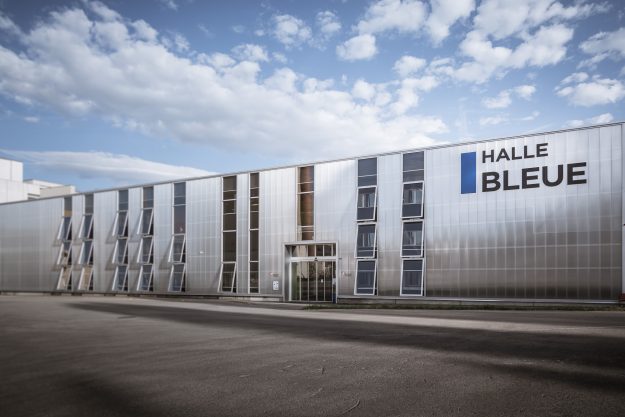This paper presents the design optimization procedure of a wet bead mill for active pharmaceutical ingredients by highly efficient numerical and experimental methods. In a first step, computational fluid dynamics (CFD) simulations, calibrated and validated by particle image velocimetry (PIV) measurements on the machine, allowed to obtain useful and reliable insight on the characterization of the three-dimensional flow inside the mill. This enabled the optimization of specific elements such as the stator or rotor stage geometry inside the mill. Furthermore, a ceramic prototype of the rotor was produced while respecting manufacturing and contamination constraints; it demonstrated experimentally that the efficiency of milling had been improved. In a second stage, the simulations focused on the filter-free separation of the beads from the ground material suspension. The separation process was optimized numerically until obtaining a result of 100% separation. The interaction between the separation simulations and empirical tests was carried out in a particularly productive manner thanks to the fast prototyping of the separator elements using 3D printing, which confirmed the excellent quality of the separation.

Optimization of a grinding and dispersal equipment for active pharmaceutical ingredients using CFD